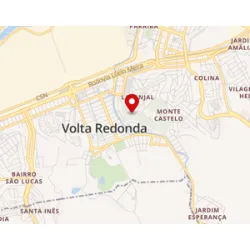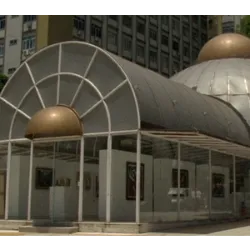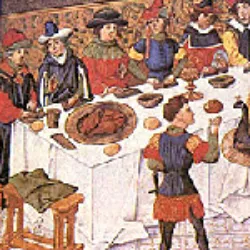planned urbanism

Created with the purpose of housing the Companhia Siderúrgica Nacional (CSN), Volta Redonda was planned to be a model working-class city. Its urban growth followed an organized project, with neighborhoods structured to accommodate workers from the plant. Towns such as Santa Cecília, Conforto and Aterrado were designed with wide streets, basic services and public spaces. Some areas even have names based on letters and numbers, reflecting the industrial logic applied to urban planning.
More than steel and concrete, the city also became a symbol of resistance. In the 1970s and 1980s, Volta Redonda was the scene of workers' movements that marked the history of Brazil. The strikes led by CSN workers, especially in 1988, gained national prominence by demanding better working conditions and more democracy in the factory environment, still under the echoes of the military dictatorship. The confrontation with the Army, which resulted in the death of three workers, mobilized the country and made the city a reference in the union struggle.
Today, Volta Redonda preserves in its planned streets and in its collective memory the legacy of a city that grew with steel and strengthened itself in the fight for rights.
Did you know??














